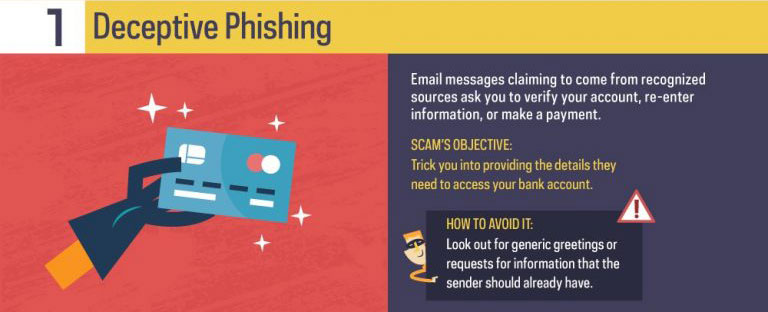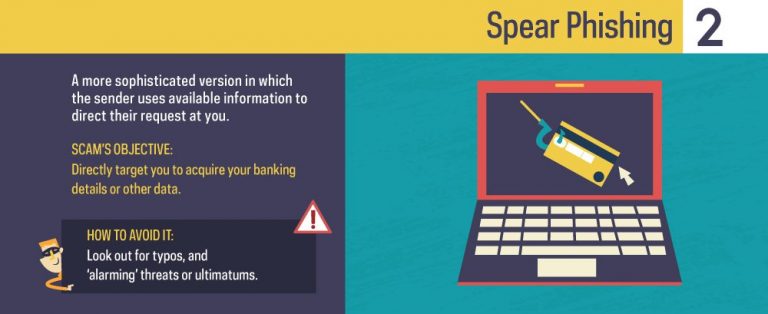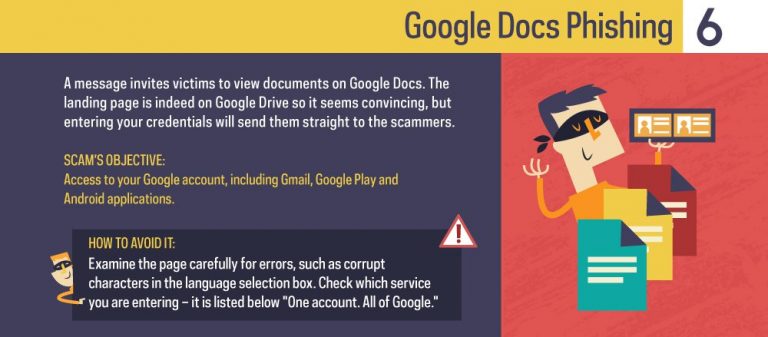Phishing Attacks on the RISE
Phishing Attacks on the RISE
I’m not sure if you have felt it, but my secure protected inbox has seen an uptick in phishing attacks lately. Maybe its a heated up politcal process or just more basement youth needing attention, but you may be seeing familiar emails that just might be up to no good. Little ones like “someone has recently changed your password. Click here if it wasn’t you”… Ya Right!!! Our friends at Tripwire recently conducted a survey where it asked 200 security professionals to weigh in on the state of phishing attacks.
More than half (58 percent) of respondents stated their organizations had seen an increase in phishing attacks in the past year. Despite that increase, most companies didn’t feel prepared to protect themselves against phishing scams. Indeed, a slight majority (52 percent) stated they were “not confident” in their executives’ ability to successfully spot a phishing scam.
The growth of phishing attacks in both frequency and sophistication, as noted by Verizon in their Data Breach Investigations Report, poses a significant threat to all organizations. It’s important that all companies know how to spot some of the most common phishing scams if they are to protect their corporate information.
With that in mind, let’s see what the experts show as the six common phishing attacks: deceptive phishing, spear phishing, CEO fraud, pharming, Dropbox phishing, and Google Docs phishing.
How To Identify Phishing Scams and Protect Yourself

The most common type of phishing scam, deceptive phishing refers to any attack by which fraudsters impersonate a legitimate company and attempt to steal people’s personal information or login credentials. Those emails frequently use threats and a sense of urgency to scare users into doing the attackers’ bidding.
For example, PayPal scammers might send out an attack email that instructs them to click on a link in order to rectify a discrepancy with their account. In actuality, the link leads to a fake PayPal login page that collects a user’s login credentials and delivers them to the attackers.
The success of a deceptive phish hinges on how closely the attack email resembles a legitimate company’s official correspondence. As a result, users should inspect all URLs carefully to see if they redirect to an unknown website. They should also look out for generic salutations, grammar mistakes, and spelling errors scattered throughout the email.

Not all phishing scams lack personalization – some use it quite heavily.
For instance, in spear phishing scams, fraudsters customize their attack emails with the target’s name, position, company, work phone number and other information in an attempt to trick the recipient into believing that they have a connection with the sender.
The goal is the same as deceptive phishing: lure the victim into clicking on a malicious URL or email attachment, so that they will hand over their personal data.
Spear-phishing is especially commonplace on social media sites like LinkedIn, where attackers can use multiple sources of information to craft a targeted attack email.
To protect against this type of scam, organizations should conduct ongoing employee security awareness training that, among other things, discourages users from publishing sensitive personal or corporate information on social media. Companies should also invest in solutions that are capable of analyzing inbound emails for known malicious links/email attachments.

Spear phishers can target anyone in an organization, even top executives. That’s the logic behind a “whaling” attack, where fraudsters attempt to harpoon an executive and steal their login credentials.
In the event their attack proves successful, fraudsters can choose to conduct CEO fraud, the second phase of a business email compromise (BEC) scam where attackers impersonate an executive and abuse that individual’s email to authorize fraudulent wire transfers to a financial institution of their choice.
Whaling attacks work because executives often don’t participate in security awareness training with their employees. To counter that threat, as well as the risk of CEO fraud, all company personnel – including executives – should undergo ongoing security awareness training.
Organizations should also consider amending their financial policies, so that no one can authorize a financial transaction via email.

As users become more savvy to traditional phishing scams, some fraudsters are abandoning the idea of “baiting” their victims entirely. Instead, they are resorting to pharming – a method of attack which stems from domain name system (DNS) cache poisoning.
The Internet’s naming system uses DNS servers to convert alphabetical website names, such as “www.microsoft.com,” to numerical IP addresses used for locating computer services and devices.
Under a DNS cache poisoning attack, a pharmer targets a DNS server and changes the IP address associated with an alphabetical website name. That means an attacker can redirect users to a malicious website of their choice even if the victims entered in the correct website name.
To protect against pharming attacks, organizations should encourage employees to enter in login credentials only on HTTPS-protected sites. Companies should also implement anti-virus software on all corporate devices and implement virus database updates, along with security upgrades issued by a trusted Internet Service Provider (ISP), on a regular basis.

While some phishers no longer bait their victims, others have specialized their attack emails according to an individual company or service.
Take Dropbox, for example. Millions of people use Dropbox every day to back up, access and share their files. It’s no wonder, therefore, that attackers would try to capitalize on the platform’s popularity by targeting users with phishing emails.
One attack campaign, for example, tried to lure users into entering their login credentials on a fake Dropbox sign-in page hosted on Dropbox itself.
To protect against Dropbox phishing attacks, users should consider implementing two-step verification (2SV) on their accounts if available.

Fraudsters could choose to target Google Drive similar to the way they might prey upon Dropbox users, thus Google Docs Phishing.
Specifically, as Google Drive supports documents, spreadsheets, presentations, photos and even entire websites, phishers can abuse the service to create a web page that mimics the Google account log-in screen and harvests user credentials.
A group of attackers recently did just that!! To add insult to injury, not only did Google unknowingly host that fake login page, but a Google SSL certificate also protected the page with a secure connection.
Once again, users should consider implementing 2SV to protect themselves against this type of threat. They can enable the security feature via either SMS messaging or the Google Authenticator app.
CONCLUSION
Using the help above, organizations will be able to more quickly spot some of the most common types of phishing attacks. But that doesn’t mean they will be able to spot each and every phish. On the contrary, phishing is constantly evolving to adopt new forms and techniques.
With that in mind, it’s imperative that organizations conduct security awareness training on an ongoing basis so that their employees and executives stay on top of emerging phishing attacks.